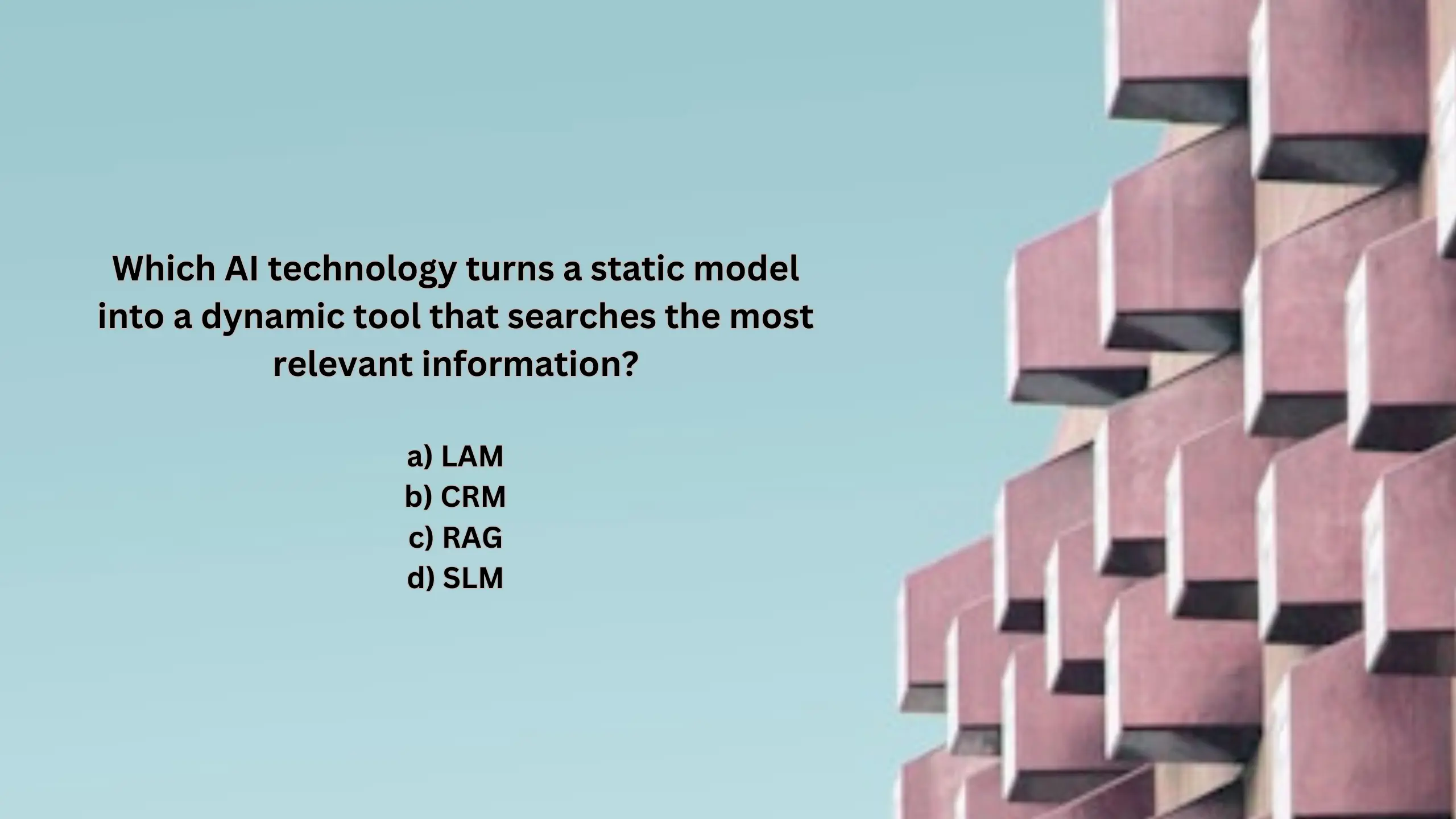
The intersection of static models and intelligent systems represents a profound metamorphosis within the domain of artificial intelligence (AI). The ambition to transmute a static model into an intelligent entity encapsulates the very essence of modern AI evolution, particularly as we delved deeper into machine learning, neural networks, and adaptive algorithms. This guide will elucidate the pivotal AI technologies integral to this transformation, while also delineating the multifaceted implications and future trajectories.
Static models, by their nature, provide predetermined outputs based on fixed inputs. They operate under static assumptions, which limits their usability in dynamic environments where adaptability is quintessential. In contrast, intelligent systems epitomize flexibility and responsiveness, harnessing nuanced understanding and learning to navigate complex challenges. The crux of the transformation hinges on a spectrum of techniques designed to breathe life into these static constructs.
One such revolutionary technology is machine learning, particularly through supervised and unsupervised learning paradigms. Supervised learning algorithms utilize labeled datasets, training a model to make predictions or classifications through iterative adjustments. For instance, consider a static model predicting housing prices based solely on historical data. By infusing supervised learning, the model becomes capable of adapting to emerging trends, regional economic shifts, or demographic changes, thereby optimizing its predictive prowess.
Conversely, unsupervised learning unveils patterns from unlabeled datasets, promoting discovery through data clustering and association. This type of learning is pivotal in transforming static models into intelligent systems by enabling the identification of underlying structures. For example, in a customer segmentation scenario, an unsupervised learning algorithm can discern distinct user behaviors from raw transaction data, facilitating dynamic marketing strategies that resonate with diverse consumer preferences.
Furthermore, deep learning—a subset of machine learning that employs artificial neural networks (ANNs)—augments static models with a remarkable depth of analysis. These networks, typified by their multilayered architecture, assimilate vast quantities of data via non-linear transformations. The inception of deep learning has revolutionized fields such as image and speech recognition. Static models that once struggled to distinguish between visual stimuli can now evolve into robust systems capable of real-time interpretation and contextual understanding.
An additional transformative technology is reinforcement learning (RL), which enables systems to learn optimal behaviors through trial and error, anchored in a reward-based framework. Here, a static model can undergo a paradigm shift as it begins to acquire skills through interaction with its environment. For instance, an autonomous vehicle framework rooted in RL learns to navigate safely by receiving feedback on its driving behavior, thus transitioning from static programmed responses to intelligent decision-making under uncertainty.
Interestingly, the amalgamation of these core methodologies serves not only to innovate within technological confines but also to challenge conventional paradigms around AI. The evolution from static models to intelligent systems is facilitated by hybrid approaches. A model leveraging both decision trees (for interpretability) and deep learning (for accuracy), for example, illustrates the potential synergy that can yield highly adaptive and comprehensive systems.
As AI continues its ascendancy, another pivotal advancement manifested in the domain of natural language processing (NLP) brings further dynamism to static representations. Techniques such as transfer learning empower static language models to morph into contextually aware communicative agents. Utilizing pre-trained models and fine-tuning them with task-specific data cultivates systems highly adept at human language comprehension and generation, thereby fostering richer and more engaging user interactions.
Moreover, the ethical implications and the degree of explainability become paramount as AI systems proliferate. The challenge lies not merely in rendering these static structures intelligent but ensuring the transparency of their decision-making processes. This necessitates incorporating ethical algorithms and interpretive measures to guard against biases that may transcend from historical datasets into outcomes, thus preserving integrity in AI applications.
Another essential facet of this technological evolution is the role of cloud computing and big data. These infrastructures underpin the operational scope of intelligent systems, offering the computational power and data storage solutions necessary for handling vast datasets and deploying complex algorithms in real-time. The synergy between cloud technologies and intelligent systems exemplifies how static models are supported, enhanced, and ultimately transformed.
The omnipresence of IoT (Internet of Things) devices further amplifies this evolution. Static models anchored in isolated contexts can now harness live data streams from an extensive array of sensors. As these devices proliferate, the integration of real-time analytics transforms the capabilities of static models into proactive intelligent systems ready to respond to emergent conditions instantaneously.
In contemplating the trajectory forward, ongoing advancements in quantum computing hold the potential to revolutionize the conversion of static models into intelligent systems even further. Quantum algorithms promise to handle complex computations at unprecedented speeds, thereby enriching the machine learning processes that facilitate this transition.
In summary, the metamorphosis of static models into intelligent systems pivots on an intricate tapestry woven from machine learning, deep learning, reinforcement learning, and natural language processing. Each technological thread intertwines with others, augmenting the fabric of AI as it evolves. The implications of these innovations resonate across multiple sectors and touch upon ethical considerations, interpretability, and operational frameworks. The journey continues, and as AI technologies proliferate, the dawn of truly intelligent systems may well reshape the very fabric of our digital and physical landscapes.
